How to Teach Kids to Report Online Abuse? 2025
Online abuse is a serious issue for children online. From cyberbullying to inappropriate messages, your child may encounter many types of online abuse while using social media, gaming platforms, or messaging apps. Teaching your child how to report online abuse equips them with the knowledge and confidence to protect themselves and others. This guide provides practical steps, tips, and tools you can use to ensure your child stays safe online.
Why Teaching Kids to Report Online Abuse Is Important
Before diving into the practical steps, it’s important to understand why this topic deserves attention. Empowering kids with the skills to recognize and report online abuse can have a lifelong impact on their digital confidence and safety.
Builds Digital Awareness
When you teach your child to recognize the signs of online abuse, they are better able to identify threats early. Recognizing different types of online abuse in social media, games, or chat apps helps them react responsibly and avoid dangerous interactions.
” According to a 2023 survey by the Cyberbullying Research Center, 59% of teens reported they were able to identify and avoid harmful online interactions when educated about online abuse.”
Promotes Emotional Well-Being
Ignoring incidents of online abuse in social media or cyberbullying can cause anxiety, fear, and low self-esteem. Teaching your child to report online abuse provides emotional support and minimizes long-term harm.
“Research published in the Journal of Adolescent Health (2022) shows that teens who report cyberbullying incidents experience 40% less anxiety and depression compared to those who do not.”
Contributes to a Safer Digital Environment
When your child takes action through online abuse reporting, they not only protect themselves but also help maintain safer communities by reducing social media abuse and cyberstalking.
“A study by UNICEF in 2023 found that communities where children actively report online abuse saw a 30% reduction in repeated social media harassment cases.”
How to Teach Kids How to Report Online Abuse: 5 Tips
To help your child respond effectively to online threats, the following five tips provide a step-by-step framework. These tips combine awareness, communication, and practical demonstrations to ensure your child understands how to report online abuse with confidence.
Tip 1: Teach Them to Spot the Red Flags
You should explain what constitutes online abuse. Discuss online abuse examples like cyberbullying, harassment, threats, and exposure to inappropriate content. Encourage your child to trust their instincts when something feels wrong.

Tip 2: Encourage Open Communication
You can create a safe environment where your child feels comfortable sharing experiences of online abuse in games or apps. Ask open-ended questions, listen without judgment, and reassure them that reporting incidents is responsible and safe.

Tip 3: Demonstrate Reporting Tools
Walk your child through reporting functions in social media and gaming apps, showing how to block harmful users, take screenshots, and adjust privacy settings. This helps them understand how to deal with online abuse effectively.

Tip 4: Reinforce the Importance of Reporting
Explain why online abuse reporting is critical. Reporting keeps your child safe, protects others, and helps platforms remove harmful content. Emphasize that reporting is confidential and not punitive.
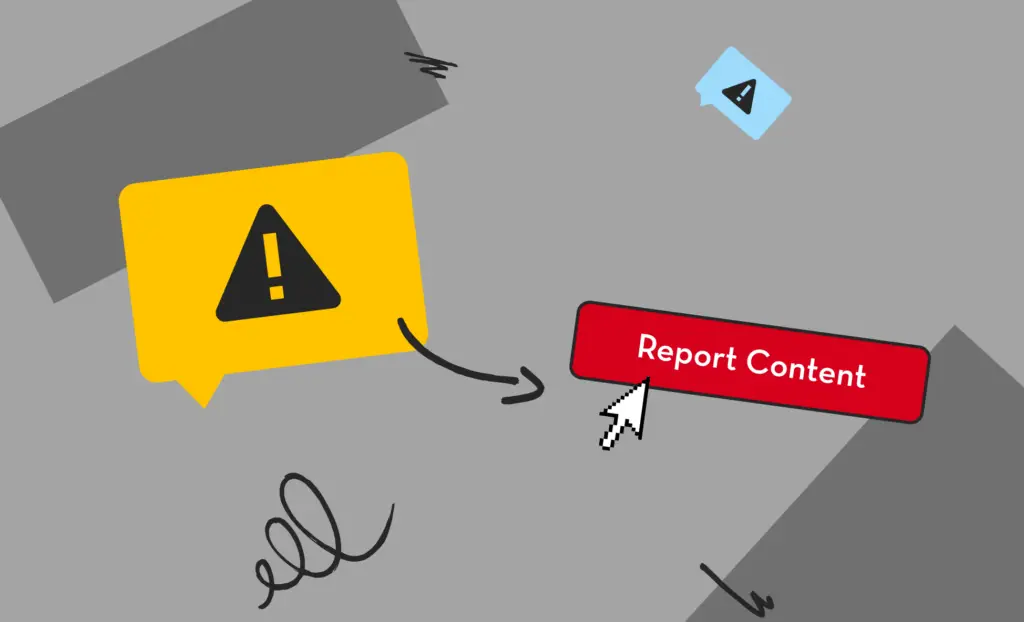
Tip 5: Use Parental Control Apps
You can use parental control apps as an extra layer of safety. These tools help you monitor online activity, detect potential risks, and support your child in reporting online abuse. They help identify online harassment, cyberbullying, and unsafe interactions without replacing your guidance.
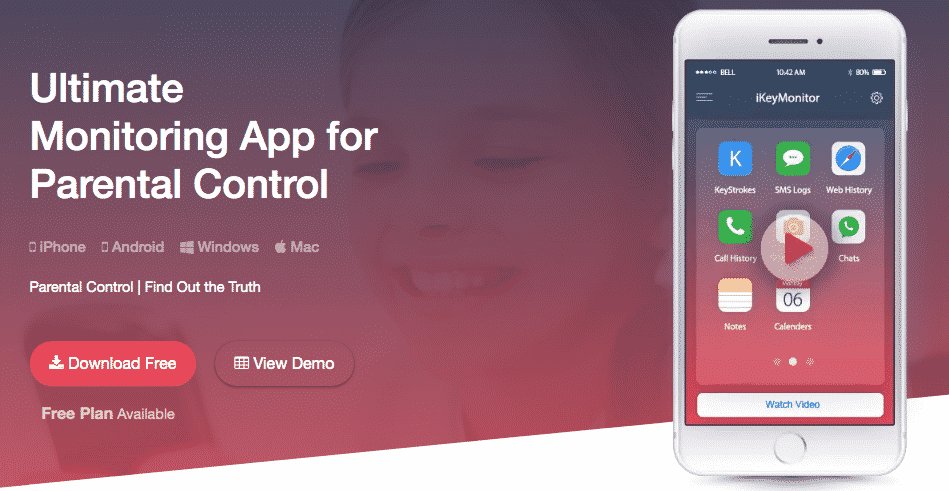
Using iKeyMonitor to Strengthen Kids Online Safety
After following the tips above, you might want an extra layer of support to keep your child safe online. iKeyMonitor is a powerful parental control tool that helps you monitor your child’s activity on social media, messaging apps, SMS, and calls. With iKeyMonitor, you can spot potential risks early, capture important evidence, and receive instant alerts, giving you the ability to respond quickly and guide your child in handling online abuse confidently.
Monitor Chats on Social Media Apps to Detect Online Abuse
You can use iKeyMonitor to track conversations across social media and chat apps, helping you identify social media abuse, cyberbullying, and interactions with strangers that could lead to online abuse by strangers.
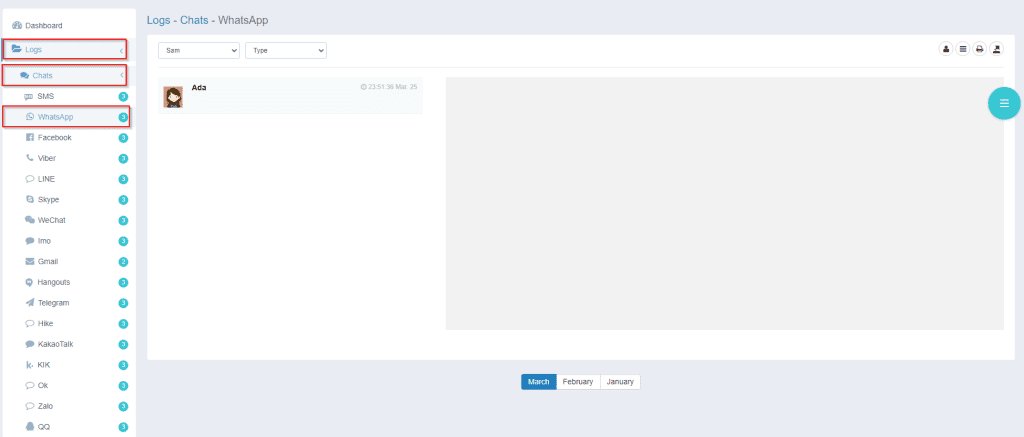
Track SMS to Identify Risky Interactions
The app logs SMS and instant messages to detect early signs of online abuse in games or messaging platforms, enabling timely intervention.
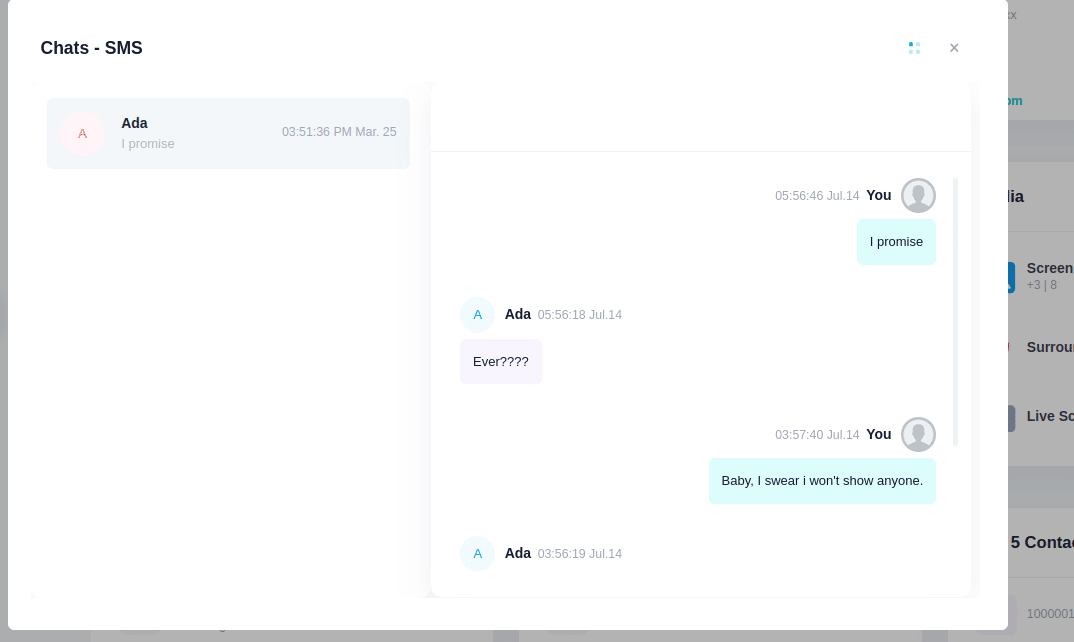
Record Phone and VoIP Calls to Prevent Online Harassment
iKeyMonitor records phone calls and VoIP calls on WhatsApp, WeChat, Instagram, and more, helping you monitor potential cyberstalking and abusive conversations that may affect your child’s safety.
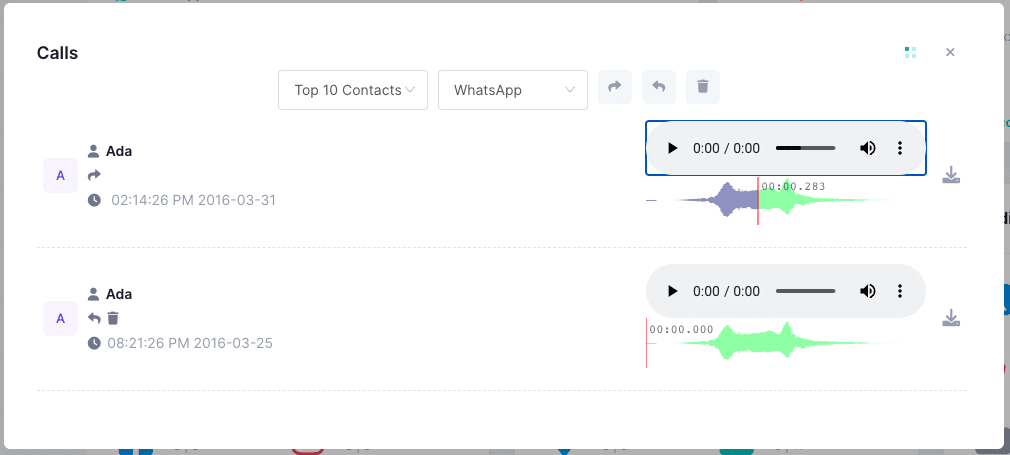
Capture Screenshots of Inappropriate Content
iKeyMonitor allows you to capture screenshots to preserve evidence of online abuse examples and inappropriate content, which is useful for online abuse reporting and parental guidance.

Receive Alerts for Suspicious or Harmful Online Activity
Real-time notifications alert you to signs of online abuse in social media, games, or messaging apps, allowing immediate action to protect your child.
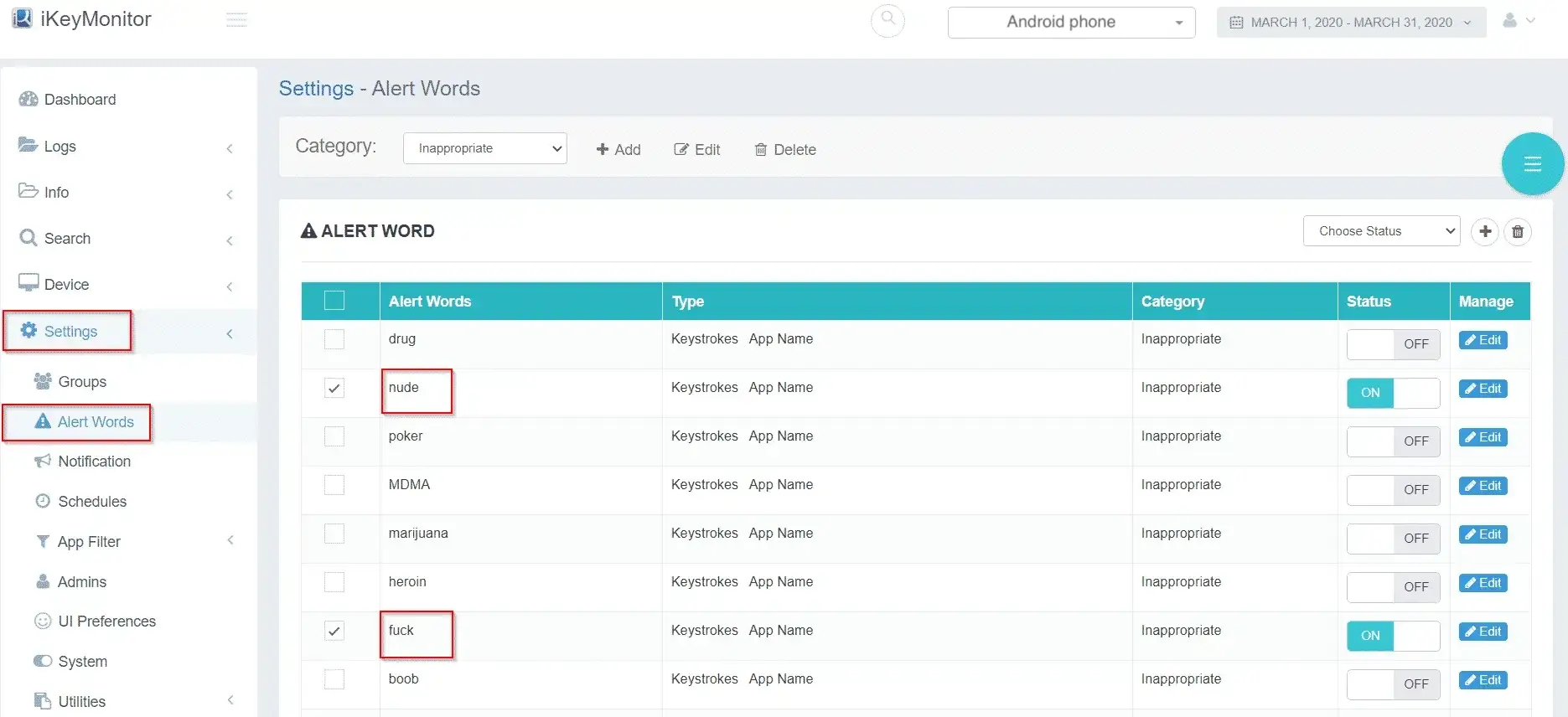
Additional Tips for Protecting Children Online
To reinforce your child’s understanding and encourage safe online behavior, consider these practical strategies:
- Practice role-playing scenarios to help your child respond confidently to online harassment.
- Create digital safety rules, such as avoiding sharing personal information, to protect against online abuse by strangers.
- Regularly review app privacy settings with your child to teach how to deal with online abuse and encourage responsible digital behavior.
FAQs About Teaching Kids to Report Online Abuse
Q1. At what age should I start teaching my child about online abuse?
You should begin as soon as your child starts using devices independently. Even young children benefit from learning signs of online abuse and basic reporting strategies.
Q2. What should my child do if someone threatens them online?
You should teach your child to take screenshots, block the user, report the account, and inform a trusted adult immediately. Prompt action prevents escalation.
Q3. Are parental control apps necessary if I communicate openly with my child?
Yes. Tools like iKeyMonitor add extra protection by monitoring for online abuse in social media, messages, or games that your child may not notice themselves.
Q4. How can I keep my child from feeling overwhelmed by online safety rules?
You should focus on empowerment rather than fear. Present digital safety as a skill your child can master, including how to report online abuse confidently.
Q5. Should I involve the school if cyberbullying involves classmates?
You should coordinate with the school, which usually has policies for online abuse reporting and can provide guidance and support.
Q6. Can my child report abuse anonymously?
You should teach your child that most platforms allow confidential reporting, so they can safely report social media abuse or other online threats.
Conclusion
By teaching your child how to report online abuse, you help them respond effectively to cyberbullying, social media abuse, and online harassment. Using awareness, practical exercises, communication, and parental tools like iKeyMonitor ensures your child stays safe online and grows into a responsible, confident digital citizen.
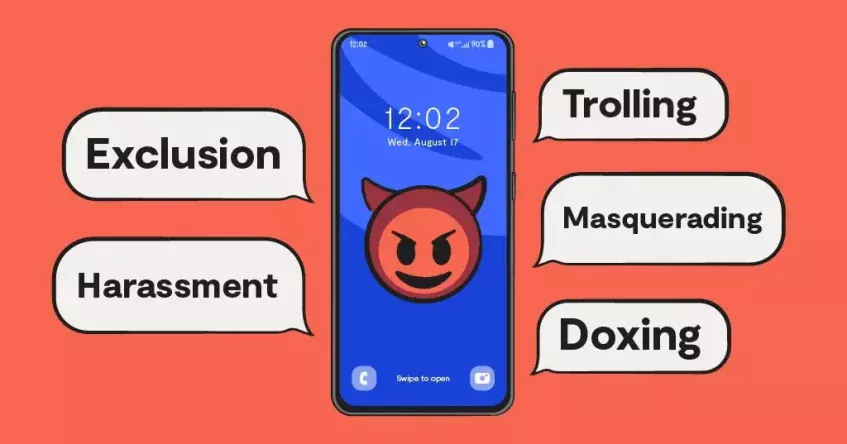
Tags: handling online abuse, how to deal with online abuse, online abuse in games, online harassment, Report Online Abuse, signs of online abuse, social media abuse
Category: Learning & How to